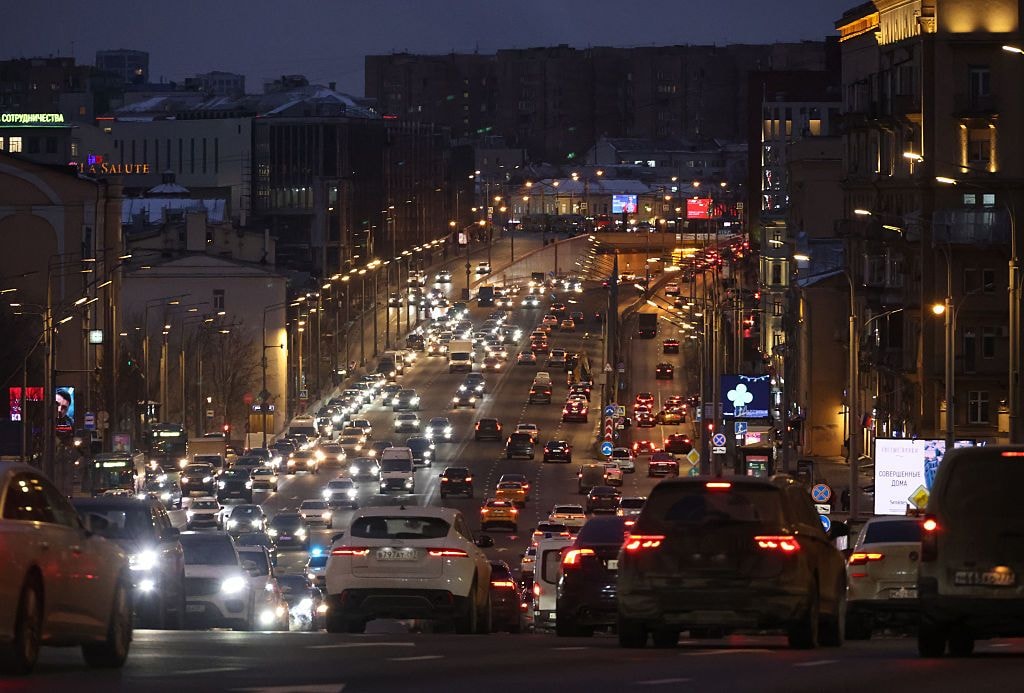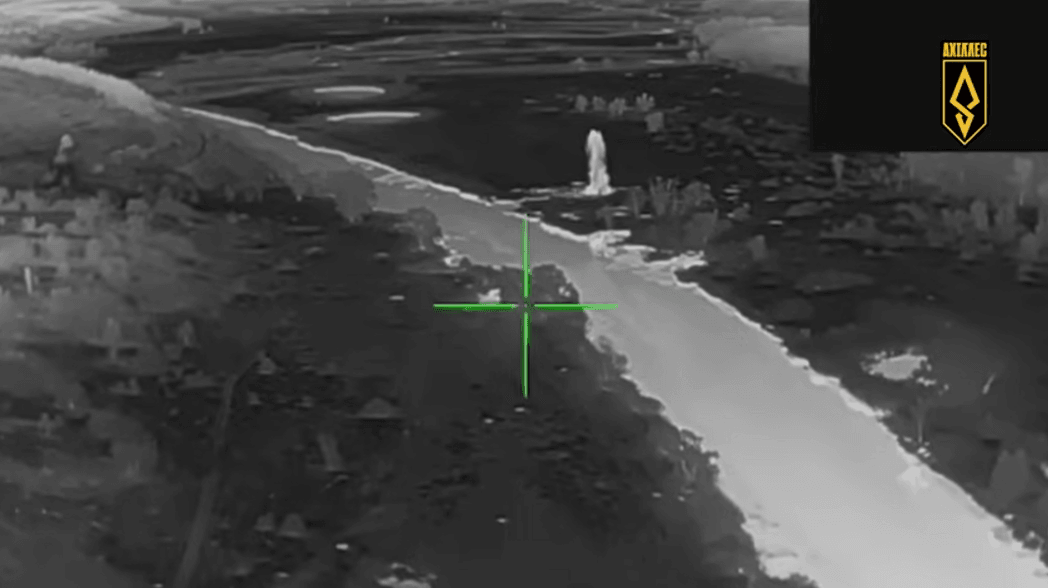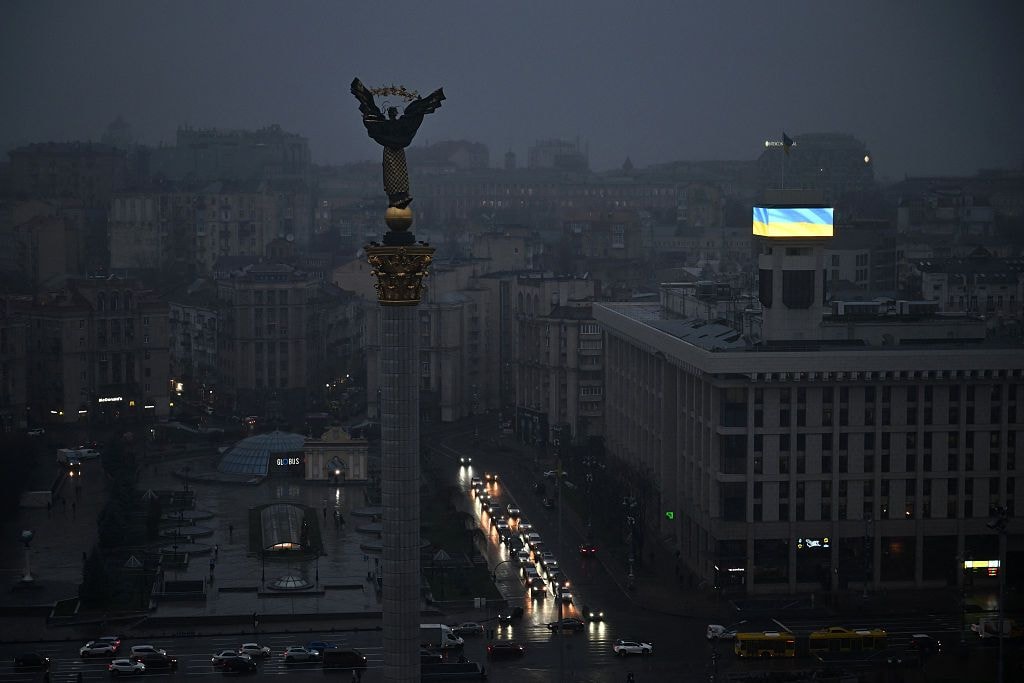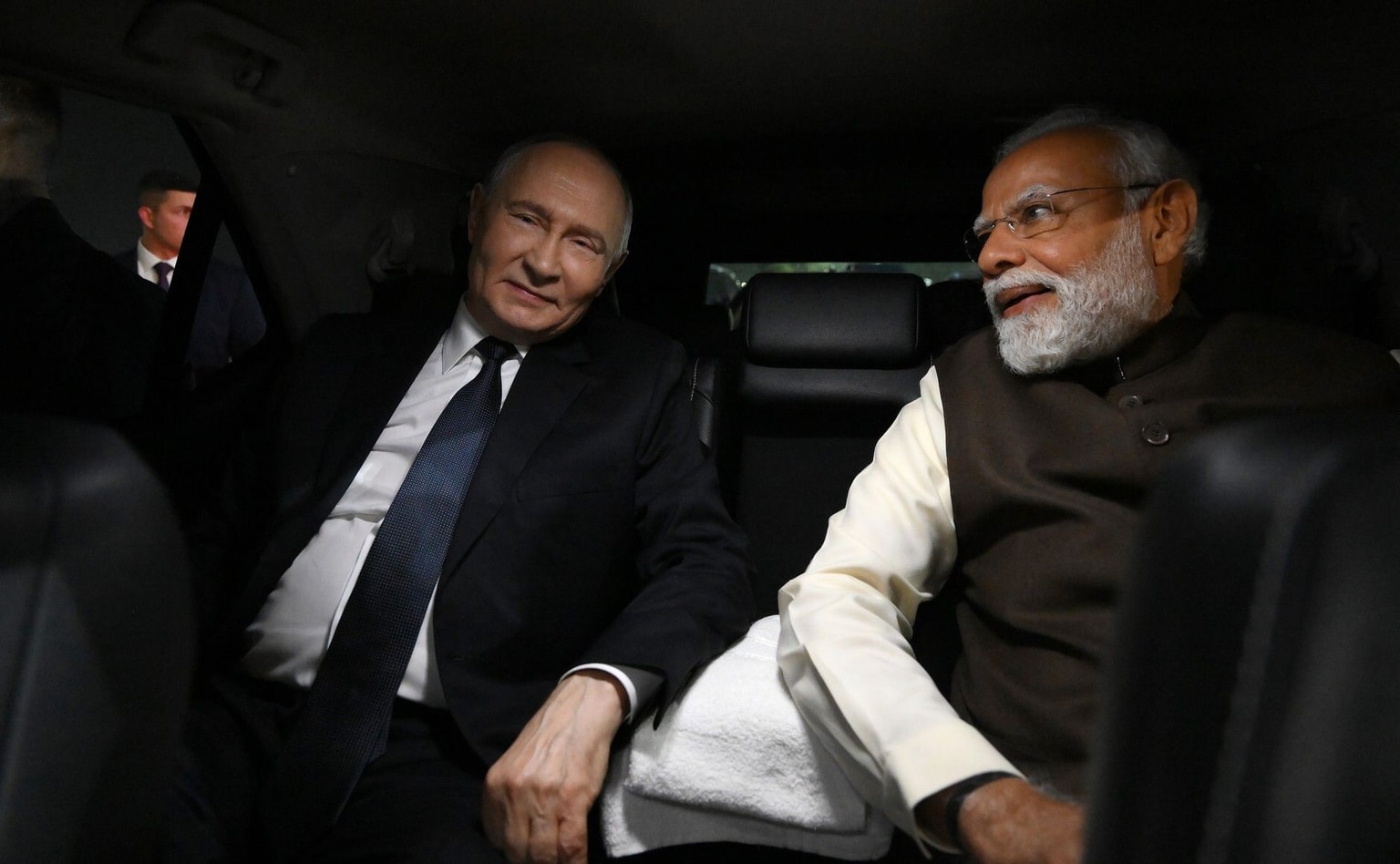Chart of the week: Food prices fuel inflation in Ukraine amid climate and power woes

A brutal year for Ukraine's farmers is driving up food prices, straining household budgets already hit hard by Russia's war.
In just one year, extreme heat, freezing temperatures, drought, and heavy rains have devastated crops and delayed planting, creating harsh growing conditions. These challenges compound the already perilous reality for Ukrainian farmers, who are forced to contend with contaminated fields, unexploded ordnance, and the constant threat of Russian attack.
In its latest monthly economic review, the Kyiv-based Center for Economic Strategy (CES) pointed to climate change as one of the three key challenges facing farmers this year.
Ukraine plants crops year round, including vital winter wheat, which typically requires a cold, steady climate to grow over a period of six months. Instead, January was warm and dry while May saw frost and rain. By July, just as the harvest season began, downpours wrecked crops.
The destruction of crops has had a direct impact on consumers. According to CES analysts, the resulting inflation in food prices is "particularly burdensome for hand-to-mouth households" — those who have little left to spend after buying food, which by the center's estimate, describes most households in Ukraine.
Climate change is only one part of the story, with the war the primary challenge for farmers, according to CES.
Three years after parts of the southern Kherson Oblast were liberated, the country is still reeling from stolen equipment, mined land, and destroyed infrastructure. While Kherson is back under the government’s control, a fifth of the country is occupied by Russia, including important agricultural land.


The third challenge for farmers, said the economists, is preparing to join the EU. Though this could be as far off as 2035, adapting to EU standards is already underway, which can be complicated and costly for enterprises.
The situation has only been made more “painful" since the EU ended a special wartime free trade agreement, said CES economist Iana Okhrimenko at an event organized by the center to present its monthly review. But since the trade regime is still better than it had been in the 2010s, the situation was not "catastrophic," she said.
At the Global Grain conference in Geneva earlier this month, Ukraine’s delegates described how a tough year was being capped off by power outages. These make it all the harder to dry, process, and transport crops, even as Ukraine continues to play a critical role in international markets and food aid.
Even far from the field, the challenges were plain to see. As one panelist began to speak, the power cut, leaving them in the dark. A pause, a wry comment, and the economic discussion continued.







